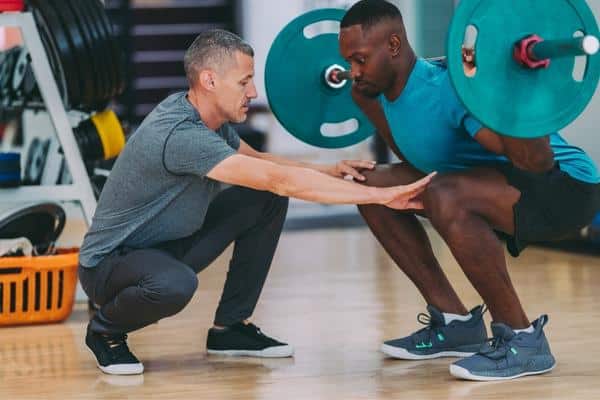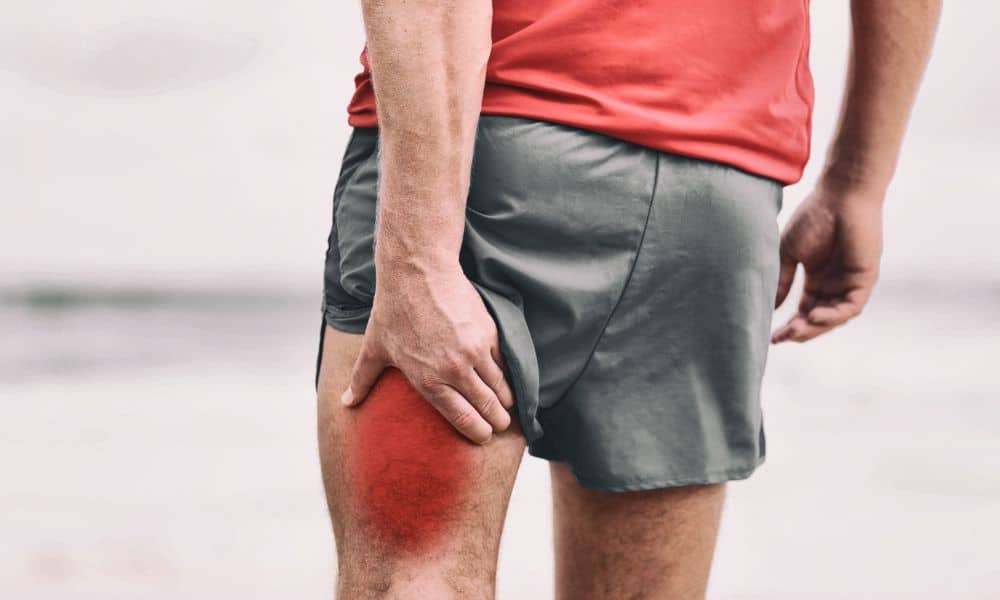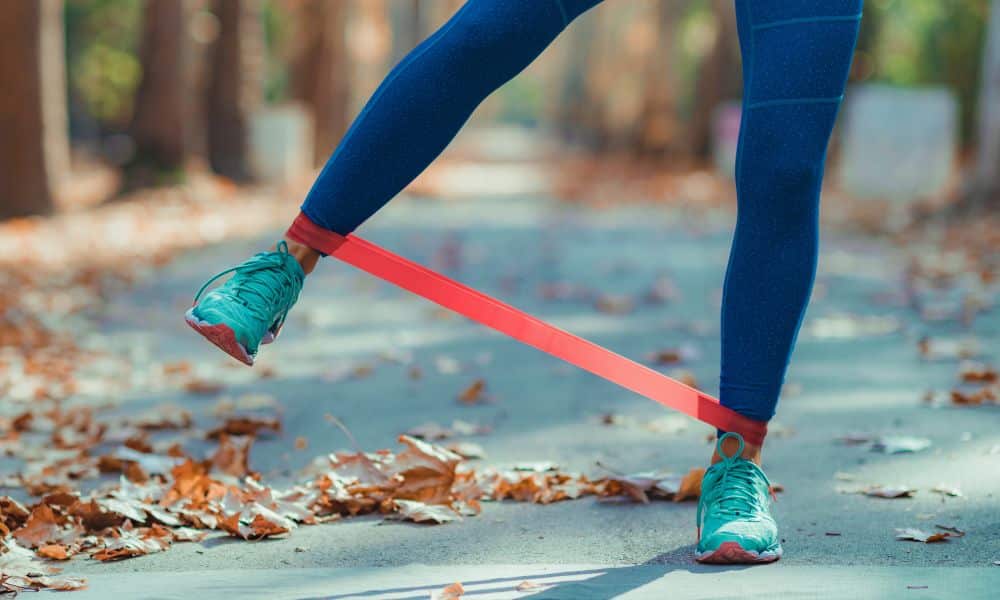If you’re serious about results, you must understand how to use kinesiology and biomechanics to improve your workout. Kinesiology is the study of human movement, and biomechanics studies the mechanical properties of biological systems.
In this article, we’ll discuss the fundamental movements of significant muscles, planes, and axes, musculoskeletal movement, the principle of levers, and Newton’s laws of motion.
By understanding these concepts, you’ll be able to maximize the effectiveness of your workouts and finally start seeing the results you’ve been striving for. Let’s get started!
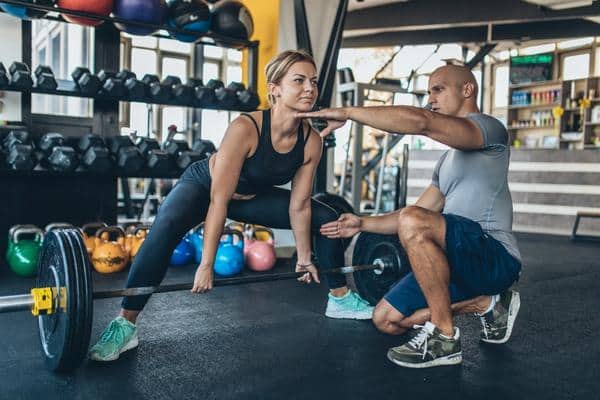
The Six Fundamental Movements of Muscles
There are six primary movements that muscles perform at the joints between bones. These movements include flexion, extension, abduction, adduction, rotation, and circumduction. They are an excellent example of using kinesiology and biomechanics to improve your workout. Here is the definition and role of the significant movements:
Flexion –
Flexion is a movement that decreases the angle between two bones that are connected by a joint. The primary muscles involved in flexion are the biceps brachii (located in the upper arm) and the quadriceps femoris (located in the thigh).
Extension –
An extension is a movement that increases the angle between two bones connected by a joint. The primary muscles involved in extension are the triceps brachii (located in the upper arm) and the hamstring group (consisting of three muscles located in the back of the thigh).
Abduction –
Abduction is a movement that takes place when a body part is moved away from the midline. The primary muscles involved in abduction are the deltoid (located in the shoulder) and the gluteus medius (located in the hip).
Rotation –
Rotation is a movement that takes place when a body part is turned around a central axis. The primary muscles involved in rotation are the External Oblique (located on both sides of the abdomen) and Internal Oblique (located on both sides of the abdomen).
Circumduction –
Circumduction is a continuous series of rotations around multiple axes. An example of circumduction would be waving goodbye with your hand. The muscle group most responsible for circumduction is all of them!
The Three Planes of Motion –
All human movement takes place in one or more planes of motion. This is another example of using kinesiology and biomechanics to improve your workout. The three planes are sagittal, frontal, and transverse.
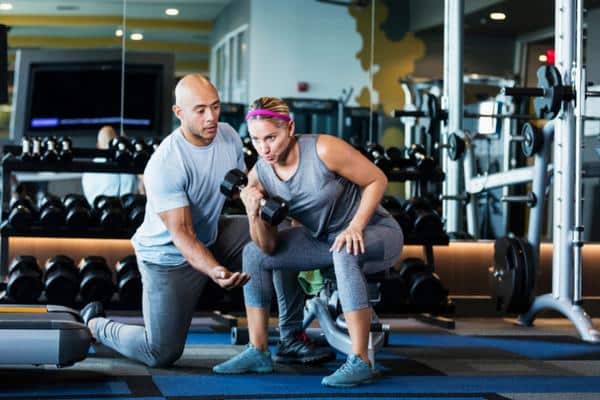
Here’s a brief overview of each plane:
Sagittal Plane –
The sagittal plane divides your body into left and right halves. Most human movements occur along this plane; examples include walking, running, jumping, and lifting weights overhead.
Frontal Plane –
The frontal plane divides your body into front and back halves; an example is a side-to-side movement like kicking or punching.
Transverse Plane –
The transverse plane divides your body into upper and lower halves; think rotational movements like swinging a baseball bat or golf club.
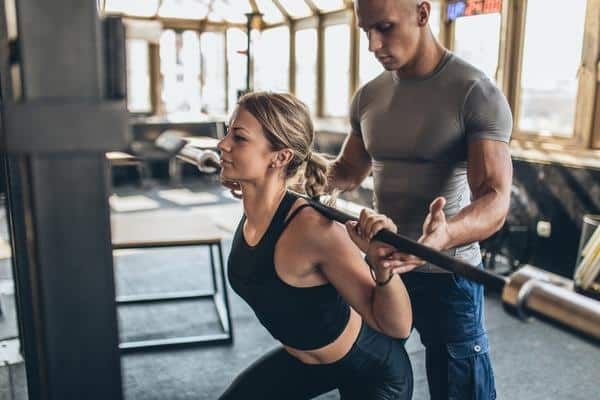
Musculoskeletal Movements
Now that we’ve reviewed some basic kinesiology concepts let’s look at how they apply to our musculoskeletal system—our bones, joints, ligaments, tendons, and muscles. Our musculoskeletal system gives us our overall shape and allows us to move through space; it’s what allows us to do everything from typing on a keyboard to dunking a basketball.
There are four main types of musculoskeletal movements:
Gross motor skills (i.e., walking), fine motor skills (i.e., writing), manual skills (i.e., opening a door), and mixed skills (i.e., dancing) are other examples of using kinesiology and biomechanics to improve your workout.
By understanding how our musculoskeletal system works, we can better understand how to perform exercises that target specific muscle groups.
For example, if you want to work on your chest muscles, you would perform exercises like bench presses or push-ups since those exercises involve moving your arms through space along the sagittal plane.
The Last Word On How to Use Biomechanics and Kinesiology to Improve Your Workout
As you can see, kinesiology and biomechanics play vital roles in human movement—and, by extension, physical fitness training. By understanding how our bodies move through space, we can better target specific muscle groups with exercises leading to optimal results. So next time you plan your workout routine, don’t forget to brush up on your kinesiology knowledge first!

